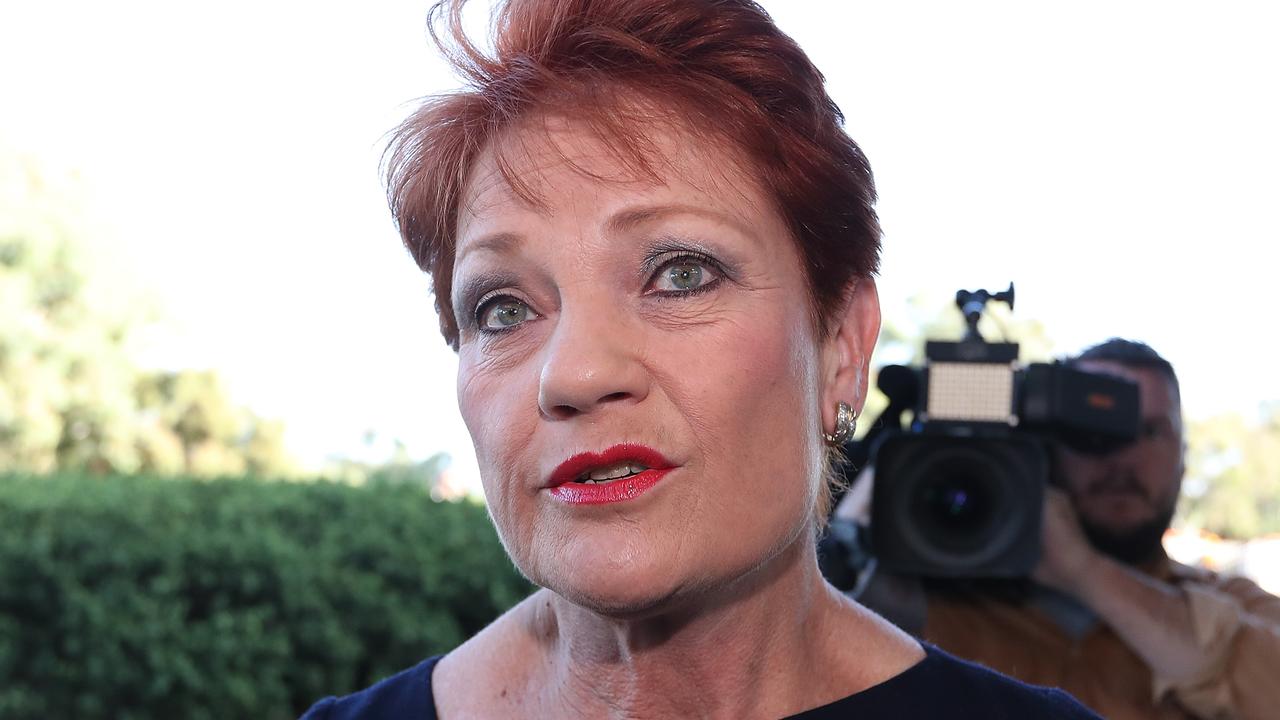Feud over cost of schooling children on bridging visas
THE surge in asylum-seeker arrivals by boat has sparked a battle between the Gillard government and the states over who should pay to educate children on bridging visas.
THE surge in asylum-seeker arrivals by boat has sparked a battle between the Gillard government and the states over who should pay to educate children on bridging visas.
The Australian can reveal that the Department of Immigration and Citizenship has written to the states to ensure that the primary and secondary-aged children on bridging visas are educated properly. There were no figures available for the number of children involved, but there could be hundreds or even thousands who will require schooling.
The cost of the schooling is expected to run into the millions of dollars, with those in community detention costing the Gillard government $14,400 a year.
Real per-student expenditure on secondary school students in NSW in 2010-11 was estimated at $15,367 and in Victoria at $14,628, according to the Victorian government.
The negotiations between DIAC and the states over who pays are at such an early stage that the government cannot say how much the bridging visa schooling will cost or exactly how many children will be affected.
A departmental spokeswoman said there were 13,966 people on Bridging Visa E, which can include people seeking a judicial review to remain in Australia, seeking ministerial intervention or are applying for a substantive visa. Bridging Visa E asylum-seekers all came by boat and were allowed to live in the community, a DIAC spokeswoman said.
But the explosion in numbers of illegal maritime arrivals is threatening to create further tensions with the states, which are already in revolt over the soaring cost of providing such basic healthcare as mental health, immunisation and dentistry. While many asylum-seekers are covered by Medicare, the states are arguing that they are not covered for a series of crucial health needs, which are further straining budgets.
DIAC confirmed yesterday that the states were being courted over how to deal with the cost of educating children who arrived by sea. Victorian Education Minister Martin Dixon said there was full cost recovery for the states for children being educated while in so-called community detention, which differs from the new bridging visas.
"In relation to students arriving on Bridging Visas E, a new category of visa introduced from 20 May, 2013, (DIAC) has recently written to the (Victorian departmental) secretary to seek support in enrolling these students," he said.
"This request is being examined and it should be noted that details regarding cost recovery and school formation packages for these students are subject to negotiation and have not been agreed between DIAC and DEECD (Department of Education and Early Childhood Development)."
Large numbers of new arrivals have been released into the community to relieve the pressure on the detention centre network, which has been unable to cope with the influx of more than 43,000 irregular marine arrivals in the past 4 1/2 years.
The ministerial Standing Council on Health will today debate how health funding is distributed to deal with the surge.


